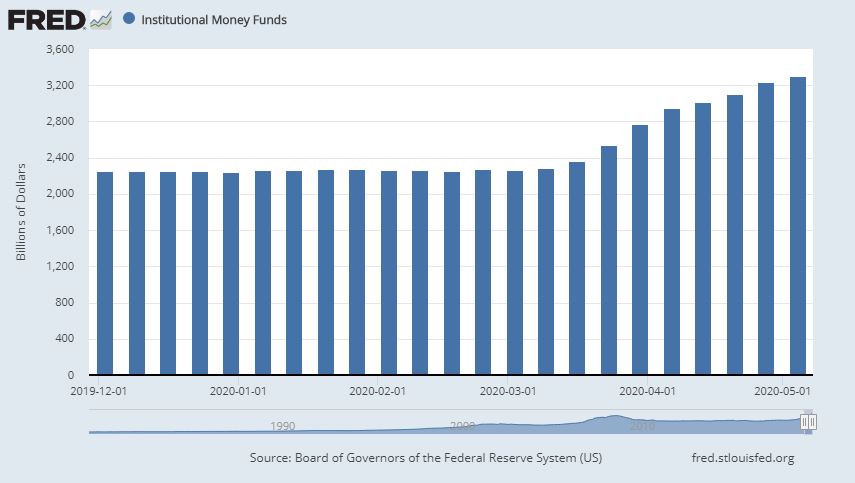I should start this homily on inequality by distinguishing income from wealth. Income is your annual wages or salary, as well as your earnings from a business, pension or government benefits such as Social Security, etc.
As the average U.S. worker’s real wages have stagnated for more than a decade, income disparity has become enormous. The bottom 90 percent of us average $30,000 a year, while the top 0.01 percent and 0.001 percent (about 1,400 taxpayers) rake in average annual incomes of $35.1 million and $152 million, respectively.
Meanwhile, even mediocre CEOs pocket many millions a year, and the greediest Wall Street hucksters annually amass more than $1 billion in booty. Until relatively recently, the ethical standard was for workers to gain a proportionate share of the income growth we generate. But in the last dozen years, the rich have been gobbling more and more of the total income pie, so the bottom half of Americans now get only 14 percent.
As gross as income inequality is, though, it’s dwarfed by the lesser-known wealth disparity that has engulfed our land, mocking our egalitarian pretensions.
Wealth is your net worth, the total financial value of every asset you own: your home(s), business, stocks, cash, real estate, cars, yachts, jewels, gold, art, toys and … well, everything, minus debts.
— Startling statistic: 1 in 5 Americans have zero net worth — or less. Many of us owe more than we own and, living paycheck to paycheck, can’t get ahead to build a nest egg.
— More startling statistic: U.S. wealth disparity is the greatest of any advanced economy in the world, with the richest 1 percent holding more of our nation’s wealth than the bottom 90 percent of us.
— Even more startling: Just three Americans — Jeff Bezos (Amazon), Bill Gates (Microsoft) and Warren Buffett (Berkshire Hathaway) — possess more personal wealth ($248 billion) than the entire bottom half. Yes, more than 165 million of us combined.
The rapidly widening divide between the rich and the rest of us is neither natural nor accidental. During the past half-century, myriad corporate and governmental decisions — from labor law to campaign finance regulations — have methodically slanted America’s economic and political systems so that money and power flow from the many to the few. The plutocrats’ most effective and least reported-on tool is America’s tax structure.
For most of us — workers, professionals, farmers, small-business folks, etc. — income taxes are generally straightforward. The rich are different. Multimillionaires and billionaires don’t usually draw the bulk of their fabulous incomes from paychecks but from their enormous financial assets, i.e., their wealth. This inherited or accumulated wealth generates “capital income” — and further wealth — with little or no work by the asset holder.
As the Center for American Progress’ excellent report Ending Special Tax Treatment for the Very Wealthy details, the moral basis of U.S. tax policy has been perverted since the 1980s by legislative and regulatory twists that tax work but let these massive accretions of wealth skate by virtually untouched. Thus, the ultrarich, who benefit the most from our country’s economy and public infrastructure, pay the smallest proportion of their incomes to sustain it.
Today’s tax laws offer a carnival of loop-the-loops, whirligigs and other tax-free joyrides for those who’ve stockpiled capital income. For example, while you might pay the top tax rate of 37 percent on ordinary income, someone selling a capital asset like stock pays only 20 percent tax on income from that sale.
Nearly 70 percent of such capital gains are made by America’s richest one percent, who reap trillions of dollars a year in savings through such special tax treatments. This windfall allows them to amass and concentrate even more of America’s wealth in their sheltered accounts and buy the political clout to push through laws that the great majority oppose — such as 2017’s Trump-McConnell trillion-dollar tax giveaway to the rich. (Facing overwhelming public opposition, the GOP wrote the bill behind closed doors, allowed no public hearings and rammed it into law on a partisan vote.)
And round and round it goes … unless and until we stop it.
To read the Center for American Progress’ report, go to https://tinyurl.com/EndingSpecialTaxTreatment.
Populist author, public speaker and radio commentator Jim Hightower writes The Hightower Lowdown, a monthly newsletter chronicling the ongoing fights by America’s ordinary people against rule by plutocratic elites. Sign up at HightowerLowdown.org.













